- Improve Tomato Seedlings
- Boost Growth with Wick Irrigation
- How to Set Up Wick Irrigation for Tomato Seedlings
- The Benefits of Wick Irrigation
- Conclusion
- Efficient Water Delivery
- Conserving Moisture in the Soil
- Healthier and More Robust Seedlings
- Benefits of Wick Irrigation for Seedlings:
- How to Implement Wick Irrigation for Tomato Seedlings:
- Reduced Risk of Overwatering
- Wick Irrigation DIY Techniques
- 1. Wick Selection
- 2. Container Preparation
- 3. Reservoir Setup
- 4. Wick Placement
- 5. Monitoring and Adjusting
- 6. Additional Tips
- Replenish the Soil
- 1. Organic Matter
- 2. Crop Rotation
- 3. Mulching
- 4. Fertilizers
- 5. Cover Crops
- 6. Crop Residues
- Nutrient-Rich Substrates for Tomato Seedlings
- 1. Peat-based mixes
- 2. Coconut coir
- 3. Compost
- 4. Vermiculite
- 5. Fertilized potting mixes
- “Question-Answer”
- What is wick irrigation?
- How does wick irrigation benefit tomato seedlings?
- What materials are needed for setting up wick irrigation for tomato seedlings?
- How do you set up wick irrigation for tomato seedlings?
- Are there any additional tips for using wick irrigation for tomato seedlings?
- What are the advantages of using wick irrigation over traditional watering methods?
- “Video” Double your harvest of tomatoes, cucumbers and other vegetables. Irrigate immediately…
Tomatoes are a popular choice among home gardeners, and for good reason. These delicious fruits are versatile, nutritious, and relatively easy to grow. However, getting your tomato seedlings off to a strong start can sometimes be a challenge. One method that can greatly improve the growth and health of your tomato seedlings is wick irrigation.
Wick irrigation is a simple and effective way to provide consistent moisture to your tomato seedlings. It works by using a wicking material, such as cotton or a specially designed wick, to draw water from a reservoir and deliver it directly to the roots of the plants. This helps to ensure that the seedlings receive a steady supply of water, promoting healthy root development and overall growth.
In addition to providing a reliable source of moisture, wick irrigation also helps to replenish the soil around your tomato seedlings. As the water is drawn up through the wick, it carries with it essential nutrients from the reservoir. These nutrients are then deposited directly into the root zone of the plants, ensuring that they have access to the necessary elements for growth.
One of the key advantages of wick irrigation is its simplicity. It requires no electricity or complex equipment, making it accessible to gardeners of all skill levels. All you need is a container for your reservoir, a wicking material, and a bit of time to set up the system. Once in place, wick irrigation can greatly improve the health and vigor of your tomato seedlings, leading to a bountiful harvest later in the season.
Improve Tomato Seedlings
- Provide Adequate Sunlight:
- Plant in Well-Draining Soil:
- Water Consistently:
- Fertilize Appropriately:
- Protect from Pests:
- Provide Support:
- Prune the Seedlings:
- Protect from Extreme Weather:
Tomato seedlings need at least 6-8 hours of direct sunlight daily. Ensure that the seedlings are placed in an area that receives ample sunlight or use artificial grow lights to supplement the light.
Choose a well-draining soil mix that is rich in organic matter. This will help prevent waterlogging and provide the necessary nutrients for the seedlings to thrive.
Water the seedlings regularly to keep the soil moist but not waterlogged. A consistent watering schedule will help prevent the seedlings from drying out or becoming stressed.
Apply a balanced fertilizer to the tomato seedlings once they have developed their first true leaves. This will provide the necessary nutrients for healthy growth. Avoid over-fertilizing as it can lead to nutrient imbalances and damage to the seedlings.
Use organic pest control methods to protect the tomato seedlings from common pests such as aphids, caterpillars, and slugs. Regularly inspect the plants for signs of pest infestation and take appropriate measures to control them.
As the tomato seedlings grow, provide support in the form of stakes or cages. This will help prevent the plants from sprawling and ensure that the fruits are well-supported.
Regularly prune the tomato seedlings by removing the suckers that develop in the leaf axils. This will help divert energy to fruit production and lead to larger, healthier tomatoes.
When the weather gets too hot, provide shade to the tomato seedlings to protect them from sunburn. In case of frost or cold temperatures, cover the seedlings with a cloth or plastic sheet to prevent damage.
Boost Growth with Wick Irrigation
If you want to improve the growth of your tomato seedlings, wick irrigation can be a great solution. This method of watering ensures that your plants receive a constant supply of water, promoting healthy growth and development.
Wick irrigation works by using a wick, such as cotton string or capillary matting, to draw water from a reservoir into the soil. The wick provides a steady flow of moisture to the roots of your seedlings, allowing them to take up water as needed.
How to Set Up Wick Irrigation for Tomato Seedlings
- Select a suitable container for your reservoir, such as a plastic container or bucket.
- Place the container below the level of your seedlings, ensuring that there is enough distance for the wick to reach the soil.
- Fill the container with water, making sure that the wick is submerged in the water.
- Place one end of the wick into the soil near the base of your tomato seedlings.
- Make sure the wick is in contact with the soil but not submerged in it. The water will be drawn up the wick through capillary action.
The Benefits of Wick Irrigation
- Consistent Watering: Wick irrigation provides a steady, consistent supply of water to your tomato seedlings. This helps prevent under-watering or over-watering, ensuring optimal growth.
- Reduced Water Waste: Unlike traditional overhead watering methods, wick irrigation delivers water directly to the roots, minimizing water loss due to evaporation or runoff.
- Healthy Root Development: The constant moisture provided by wick irrigation encourages deep root development, helping your tomato seedlings establish a strong and healthy root system.
- Easy to Maintain: Once set up, wick irrigation requires minimal maintenance. Simply refill the reservoir as necessary, and the wick will continue to provide water to your seedlings.
Conclusion
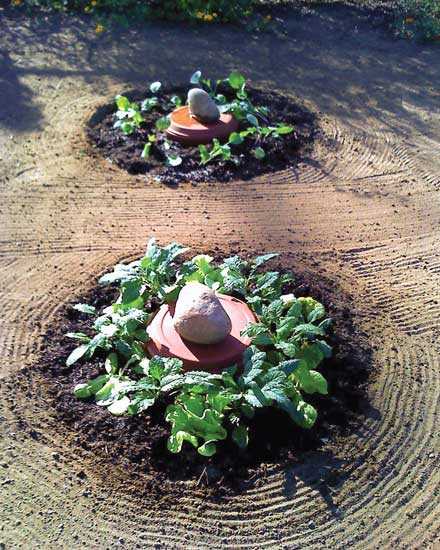
Wick irrigation can be a simple yet effective way to boost the growth of your tomato seedlings. By ensuring a consistent water supply, you can promote healthy root development and improve the overall health and productivity of your plants. Give wick irrigation a try and watch your tomato seedlings thrive!
Efficient Water Delivery
One of the key benefits of wick irrigation for tomato seedlings is the efficient delivery of water to the roots. This irrigation method utilizes capillary action to pull water from a reservoir up into the soil and directly to the plant roots.
Unlike traditional watering methods, such as overhead sprinklers or hand watering, wick irrigation reduces water wastage by delivering water exactly where it is needed. This not only helps to conserve water, but also prevents disease and fungal issues that can arise from wet foliage.
The wick, which is a porous material with a high capacity for water absorption, is placed in contact with the soil and the reservoir. The water is then drawn up through the wick and into the soil through capillary action. This ensures a slow and steady supply of water, allowing the plant roots to absorb moisture at their own pace.
By using wick irrigation, you can ensure that each tomato seedling receives an adequate amount of water, promoting healthy growth and development. It also helps to prevent over-watering, which can lead to root rot and other problems.
In addition to efficient water delivery, wick irrigation also helps to reduce the risk of nutrient leaching. As the water is delivered directly to the roots, there is less chance of valuable nutrients being washed away from the soil.
Overall, by employing a wick irrigation system for your tomato seedlings, you can ensure efficient water delivery, conserve water, prevent disease, and promote healthy growth.
Conserving Moisture in the Soil
Conserving moisture in the soil is essential for the healthy growth and development of tomato seedlings. By adopting effective water conservation methods, you can ensure that your seedlings receive the necessary moisture without wasting water.
Here are some tips to help you conserve moisture in the soil:
- Mulching: Apply a layer of organic mulch, such as straw, wood chips, or compost, around your tomato seedlings. Mulching helps to retain soil moisture by reducing evaporation.
- Watering deeply: Rather than watering lightly and frequently, it is better to water deeply and less frequently. This promotes deep root growth and reduces water loss through evaporation.
- Control weeds: Weeds compete with tomato seedlings for water. Regularly check for and remove weeds to minimize water loss and ensure that your seedlings receive sufficient moisture.
- Use a moisture meter: Investing in a moisture meter can help you determine when it’s time to water your tomato seedlings. This prevents overwatering or underwatering, both of which can lead to moisture loss.
- Consider drip irrigation: Drip irrigation is a more efficient method of watering seedlings as it delivers water directly to the roots, minimizing evaporation. It also helps prevent water from splashing onto the leaves, reducing the risk of diseases.
- Water during the cooler hours: Water your tomato seedlings early in the morning or late in the evening when temperatures are cooler. This reduces water loss due to evaporation.
By implementing these moisture conservation techniques, you can ensure that your tomato seedlings have adequate water for healthy growth and development. Conserving moisture in the soil not only benefits your plants but also helps protect this valuable resource.
Healthier and More Robust Seedlings
The use of wick irrigation can significantly improve the health and robustness of tomato seedlings. By ensuring a consistent and controlled supply of water and nutrients, seedlings can grow stronger and more vigorous, resulting in healthier plants and higher yields.
Benefits of Wick Irrigation for Seedlings:
- Even Moisture Distribution: Wick irrigation provides a steady and uniform supply of moisture to the seedlings, preventing dry spots and ensuring that each plant receives the necessary amount of water.
- Prevents Overwatering: With wick irrigation, excess water is drawn away from the seedlings, preventing them from sitting in waterlogged soil. This helps to avoid the risk of root rot and other fungal diseases.
- Encourages Deep Root Growth: The gradual and consistent watering provided by wick irrigation encourages the development of deep and strong root systems. This allows the seedlings to access water and nutrients from deeper layers of soil, making them more resilient to drought conditions.
- Minimizes Transplant Shock: When seedlings are grown with wick irrigation, their roots are already well established and adapted to the growing environment. This reduces the stress and shock that can occur during transplantation, increasing their chances of survival and successful growth.
How to Implement Wick Irrigation for Tomato Seedlings:
- Prepare the Containers: Choose containers that are suitable for wick irrigation, such as self-watering pots or containers with wick inserts.
- Create Wick System: Insert wicks, such as cotton or nylon strings, into the planting containers, ensuring that the wicks reach the bottom of the containers.
- Add Water Reservoir: Place a water reservoir, such as a tray, underneath the containers to hold the water for wicking.
- Add Soil and Seedlings: Fill the containers with a well-draining potting mix and plant the tomato seedlings. Make sure the wicks are in contact with the soil to facilitate water absorption.
- Refill the Reservoir: Regularly monitor the water level in the reservoir to ensure a steady supply of water to the seedlings. Refill the reservoir as needed.
By implementing wick irrigation for tomato seedlings, gardeners can provide optimal growing conditions and improve the overall health and vigor of their plants. With healthier seedlings, gardeners can expect better harvests and enjoy the satisfaction of growing strong and productive tomato plants.
Reduced Risk of Overwatering
One major advantage of using wick irrigation for your tomato seedlings is the reduced risk of overwatering. Overwatering can lead to root rot, fungal diseases, and nutrient leaching, which can be detrimental to the health and growth of your plants.
With wick irrigation, the water is supplied to the plants gradually and consistently through the capillary action of the wick. This means that the plants are only getting the amount of water they need, preventing the soil from becoming waterlogged.
The wick delivers water directly to the root zone, allowing the plants to take up water as needed. This helps in maintaining the right balance of moisture in the soil, ensuring that the plants have access to water without drowning them in excess moisture.
In addition, because the water is being delivered from below the surface, there is less evaporation compared to traditional overhead watering methods. This not only helps conserve water but also reduces the risk of fungal diseases that thrive in humid conditions.
By using wick irrigation for your tomato seedlings, you can have peace of mind knowing that your plants are getting just the right amount of water they need, minimizing the risk of overwatering and its associated problems.
Wick Irrigation DIY Techniques
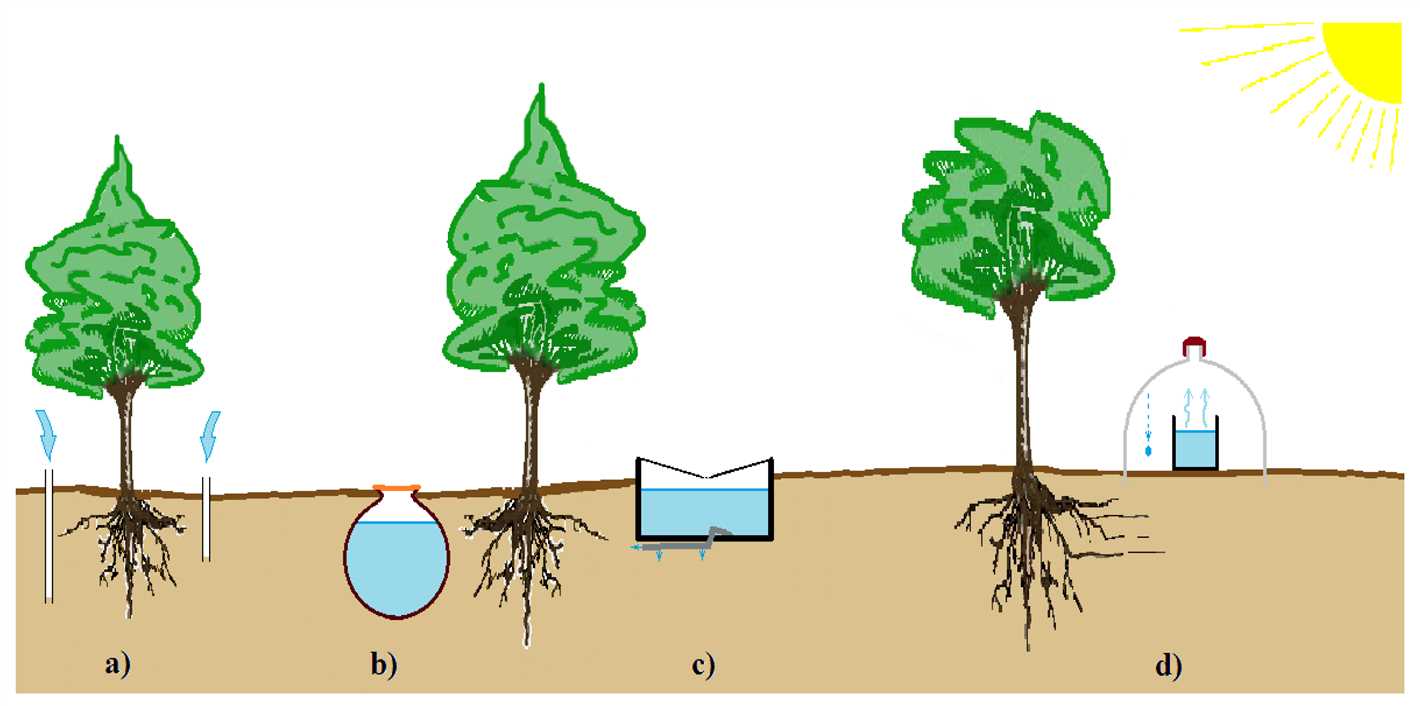
Wick irrigation is a simple and effective technique that can be easily implemented in your tomato seedlings’ container. Here are some DIY techniques you can use to set up wick irrigation:
1. Wick Selection
Choose a wick material that is absorbent and water-retentive. A cotton string, strip of fabric, or nylon rope can be used as a wick. Cut the wick to an appropriate length, ensuring it reaches the bottom of the container.
2. Container Preparation
Take a container for your tomato seedlings and make small holes near the bottom. These holes will allow the wick to pass through and draw water from the reservoir below.
3. Reservoir Setup
Fill a tray or reservoir with water and place it below the container holding your tomato seedlings. The wicks will draw water from this reservoir and provide a constant supply of moisture to the plants. Ensure that the reservoir is large enough and can hold an adequate amount of water for an extended period.
4. Wick Placement
Insert one end of the wick through the hole at the bottom of the container and position the other end in the water reservoir. The wick should be in direct contact with the soil, ensuring the plants’ roots can access the water through capillary action.
5. Monitoring and Adjusting
Regularly check the water level in the reservoir and replenish it when necessary. Make adjustments to the wick’s length if required, ensuring it maintains contact with the soil but is not saturated.
6. Additional Tips
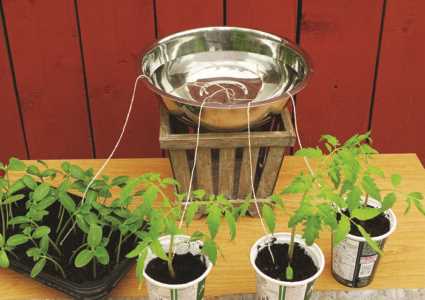
- Place a saucer or tray underneath the container to catch any excess water that may drip from the wick.
- Add a layer of mulch on top of the soil to help retain moisture and reduce evaporation.
- Consider using a nutrient-rich irrigation solution in the reservoir for better plant growth.
Wick irrigation can provide a constant and controlled water supply to your tomato seedlings, promoting healthy growth and reducing the risk of over or under watering. With these DIY techniques, you can easily set up wick irrigation for your tomato seedlings and enjoy a bountiful harvest.
Replenish the Soil
To ensure healthy growth and development of your tomato seedlings, it is important to replenish the soil with nutrients throughout the growing season. A healthy soil provides the necessary elements for the plants to thrive and produce high-quality tomatoes.
Here are some key ways to replenish the soil and ensure optimal conditions for your tomato seedlings:
1. Organic Matter
Adding organic matter to the soil is important for replenishing nutrients and improving soil structure. Organic matter such as compost, well-rotted manure, or leaf mold can be incorporated into the soil. This helps enhance the soil’s fertility, moisture retention, and beneficial microbial activity.
2. Crop Rotation
Rotating your tomato plants with other crops can help replenish the soil by preventing the build-up of pests and diseases specific to tomatoes. By rotating crops, you can also balance nutrient usage and minimize nutrient depletion in the soil.
3. Mulching
Applying mulch around your tomato plants helps retain soil moisture, suppress weed growth, and regulate soil temperature. Organic mulches like straw, grass clippings, or wood chips also break down over time, adding organic matter and nutrients back into the soil.
4. Fertilizers
Using organic or slow-release fertilizers can help replenish essential nutrients in the soil. Balanced fertilizers with a mix of nitrogen, phosphorus, and potassium can be applied according to the specific needs of your tomato plants. It’s important to follow the recommended application rates to avoid overfertilization.
5. Cover Crops
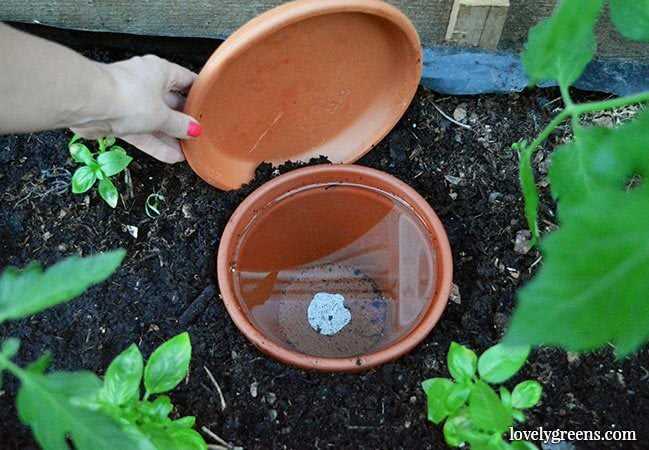
Planting cover crops during the off-season or in between tomato plantings can help replenish the soil by fixing nitrogen, preventing erosion, and improving soil structure. Popular cover crops for tomatoes include legumes like clover or vetch, which add nitrogen to the soil.
6. Crop Residues
After harvesting your tomatoes, leaving the plant residues in the soil can contribute to the organic matter content and nutrient cycling. By breaking down, the plant residues release nutrients back into the soil, providing a natural source of replenishment.
By following these practices, you can ensure that your tomato seedlings have access to the necessary nutrients for optimal growth and productivity. Replenishing the soil is an important step in maintaining healthy plants and maximizing the quality of your tomato harvest.
Nutrient-Rich Substrates for Tomato Seedlings
When it comes to growing healthy tomato seedlings, the quality of the substrate is of utmost importance. The right mixture of nutrient-rich substrates can provide the essential elements necessary for the proper growth and development of tomato plants.
1. Peat-based mixes
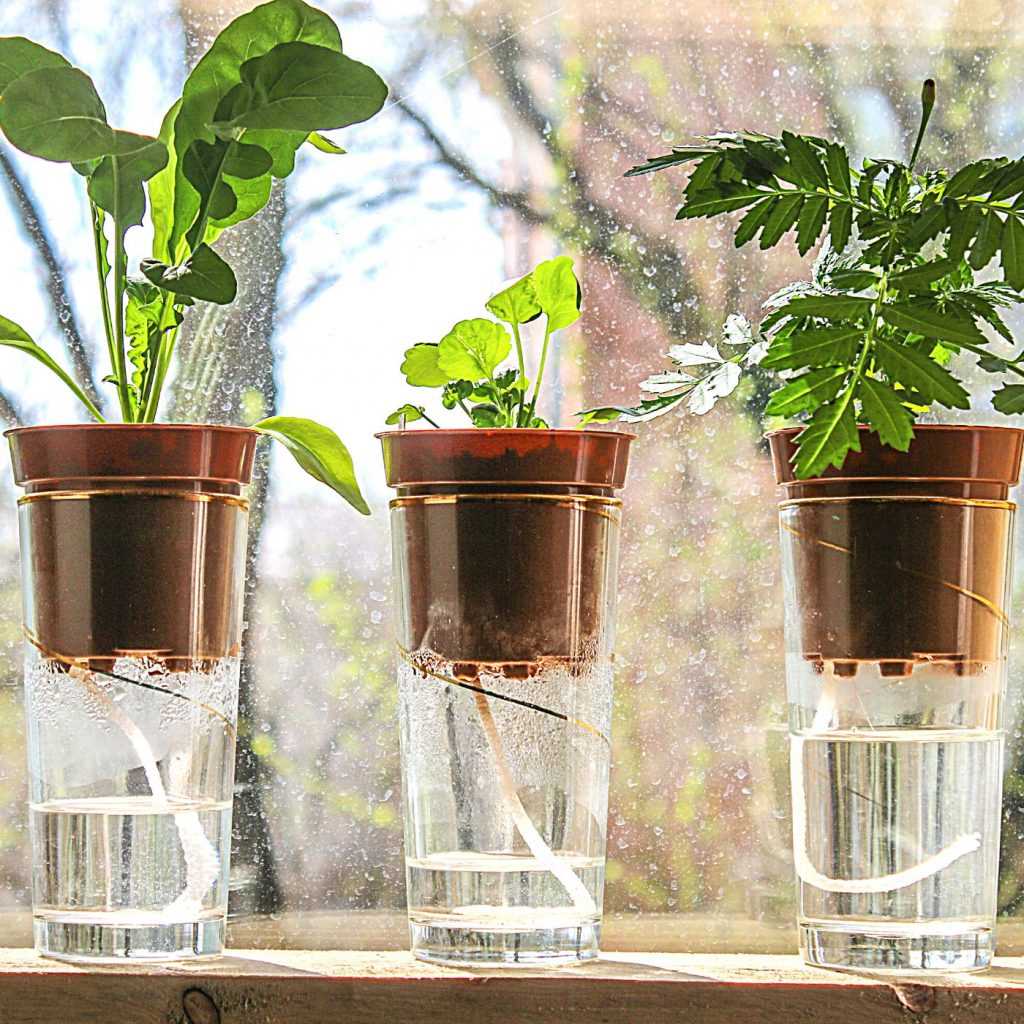
Peat-based mixes are popular choices for tomato seedlings due to their excellent water retention abilities and good drainage. These mixes are usually made with a combination of peat moss, perlite, and vermiculite. Peat moss provides a good structure for the roots to grow, while perlite and vermiculite improve aeration and drainage.
2. Coconut coir
Coconut coir is an environmentally friendly alternative to peat moss. It is made from the fibrous material found in coconut husks. Coconut coir has good water retention capabilities and promotes better root development. It is also resistant to diseases and pests, making it a suitable substrate for tomato seedlings.
3. Compost
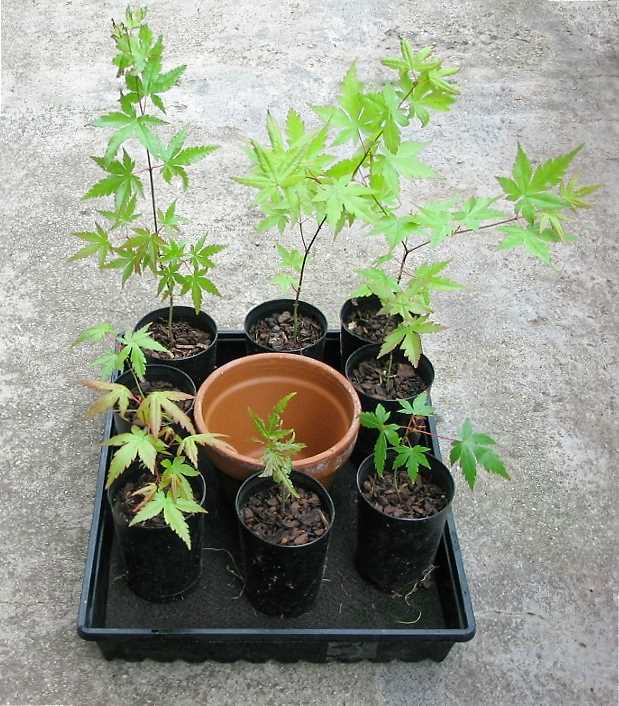
Using compost as a substrate can provide a rich source of nutrients for tomato seedlings. Compost is made from decomposed organic matter and is rich in essential elements like nitrogen, phosphorus, and potassium. It also improves soil structure and moisture retention. However, it is important to use well-aged compost to avoid the risk of introducing pathogens to the seedlings.
4. Vermiculite
Vermiculite is a mineral that is often used as a component of seedling mixes. It has excellent water retention capabilities and provides good aeration to the roots. It also helps to regulate soil temperature, making it ideal for starting tomato seedlings.
5. Fertilized potting mixes
Fertilized potting mixes are specially formulated with added nutrients to promote healthy plant growth. These mixes typically contain a combination of peat moss, perlite, vermiculite, and organic fertilizer. They provide a balanced nutrient profile that is beneficial for tomato seedlings.
When selecting a substrate for tomato seedlings, it is important to consider the specific needs of the plants and the growing conditions. It is advisable to choose a substrate that provides good drainage, adequate aeration, and a rich source of nutrients to support the growth of healthy tomato seedlings.
“Question-Answer”
What is wick irrigation?
Wick irrigation is a simple and effective method of watering plants, in which water is drawn up from a reservoir through a wicking material to the soil around the plant roots.
How does wick irrigation benefit tomato seedlings?
Wick irrigation provides a consistent and efficient water supply to the tomato seedlings, ensuring they receive the right amount of moisture without the risk of overwatering or underwatering. This helps in promoting healthy root development and overall plant growth.
What materials are needed for setting up wick irrigation for tomato seedlings?
To set up wick irrigation for tomato seedlings, you will need a reservoir for holding water, a wicking material (such as cotton rope or strips of fabric), and containers or trays for holding the seedlings.
How do you set up wick irrigation for tomato seedlings?
To set up wick irrigation, place one end of the wicking material into the reservoir filled with water and bury the other end into the soil of the seedling container. The wicking material will draw water from the reservoir and supply it to the seedlings’ roots.
Are there any additional tips for using wick irrigation for tomato seedlings?
Yes, it’s important to regularly check the water level in the reservoir to ensure an adequate supply. Additionally, make sure the wicking material is in contact with the soil to ensure proper water distribution. Avoid using materials that can easily rot or mold, as it may affect the health of the seedlings.
What are the advantages of using wick irrigation over traditional watering methods?
Using wick irrigation eliminates the risk of overwatering or underwatering your tomato seedlings, as it provides a consistent and controlled water supply. It also saves time and effort, as you don’t have to manually water the plants every day. Additionally, wick irrigation is a great option for those who may have limited access to water or are looking for a more sustainable watering method.







